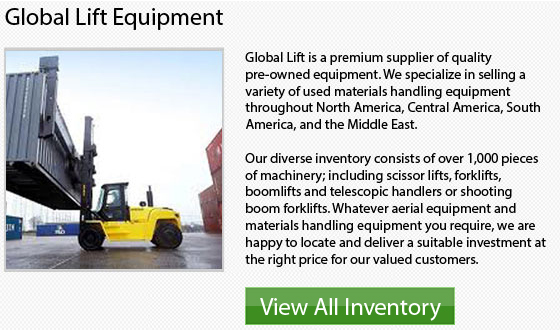
The hydraulic truck crane is a particular mobile crane which utilizes hydraulic power to lift and transport thousands of pounds. Hydraulics uses forces being transmitted through oil pushing on the pistons of the boom in opposite directions in order to lift thousands of pounds. Hydraulic truck cranes are vital in building major projects like bridges, airports, roads and buildings. A crane could complete in minutes jobs which will normally take hundreds of men and lots of hours to complete.
The vast machinery are commonly utilized in the building of cities, houses, whole nations and individual buildings throughout the ages. Even the Great Pyramids within Egypt were probably constructed using basic cranes to allow the heaviest materials in one of the most awesome construction projects of all time.
The first cranes were established during 3000 B.C. Egypt during King Ramses' reign. This lifting device was originally used to collect water. The first official "cranes" appeared during Ancient Greece. These mechanism were utilized to build an entire nation throughout the 5th century B.C.
These cranes were initially made out of wood. The designs of cranes began to change when dockyards began to need stronger and bigger machines. Hick & Rothwell designed the first cast iron cranes in 1834, in Bolton, England. This machine was capable of lifting as much as 2 tons. That same year, the addition of wire rope was added to the crane by an Official of the German Superior Board, Herr Albert Sr. The wire rope made the crane more durable and stronger. This addition enabled cranes to have a bigger capacity to lift heavy weights.
Ultimately, the wire ropes were weaved together in order to form an even more powerful strength. This wire formation also brought the added benefit of flexibility. Germany began to make cast iron cranes 4 years later. The very first cast iron crane made by Germany was built in Neuburg.